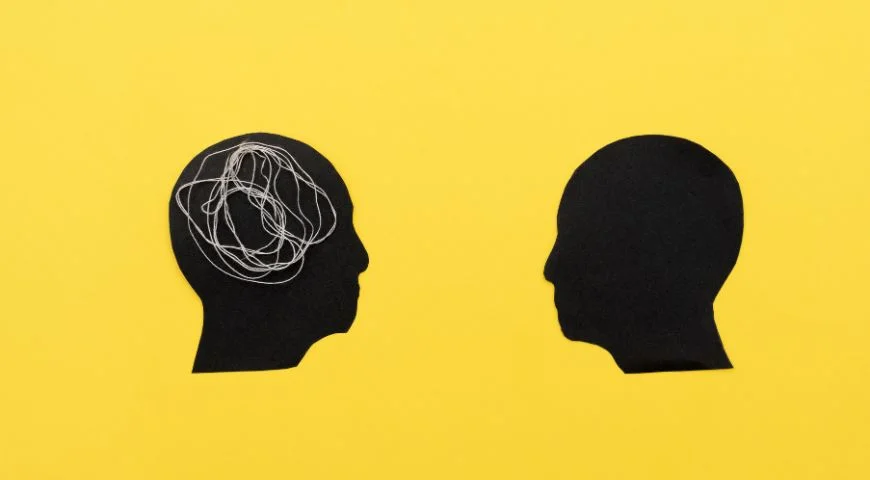Seasonal Affective Disorder (SAD) is a type of depression that occurs during specific seasons, most commonly in the winter months. The shorter days and reduced sunlight can impact your mood, energy levels, and overall mental health. As a therapist in Mumbai, I’ve seen how changes in seasons can affect individuals, even in climates that don’t experience drastic seasonal shifts.
In this blog, I’ll help you understand the symptoms of SAD, its impact on mental health, and practical ways to manage it through therapy and lifestyle changes.
Recognizing the Symptoms of SAD
SAD often begins subtly, making it easy to dismiss as “winter blues” or a temporary slump. However, the condition can significantly impact daily functioning if left unaddressed. Common symptoms include:
- Low Energy Levels
Feeling constantly fatigued despite adequate sleep is a hallmark symptom of SAD. - Changes in Sleep Patterns
You may experience oversleeping (hypersomnia) or difficulty staying awake during the day. - Mood Changes
Persistent feelings of sadness, irritability, or hopelessness are common. - Difficulty Concentrating
A lack of focus and mental clarity often accompanies SAD, which can affect productivity. - Loss of Interest
Activities that once brought joy may no longer feel enjoyable. - Increased Appetite
Many individuals experience cravings for carbohydrates and sweets, leading to weight gain.
As a psychologist in Mumbai, I often explain to clients that while SAD is linked to seasonal changes, it’s as valid as any other form of depression and deserves attention.
How SAD Impacts Mental Health
SAD affects more than just your mood—it can disrupt your relationships, productivity, and overall quality of life. For students, for example, the causes of stress in students can worsen during these months as the lack of motivation and focus impacts their academic performance. For working professionals, the lack of energy can lead to missed opportunities and strained workplace interactions.
Without proper management, SAD can also increase the risk of anxiety or worsen pre-existing mental health conditions. As a therapist in Mumbai, I recommend early intervention to prevent these effects from becoming overwhelming.
Strategies to Manage SAD
If you’re experiencing symptoms of SAD, there are effective strategies to help you regain control and improve your mood.
1. Therapy
Therapy is one of the most effective ways to address SAD. As a psychologist in Mumbai, I use techniques like Cognitive Behavioural Therapy (CBT) to help clients reframe negative thought patterns associated with seasonal depression. Therapy also provides tools for managing stress, maintaining healthy habits, and addressing any underlying anxiety.
If you’re considering therapy, seeking anxiety treatment in Mumbai can help you manage the overlapping symptoms of SAD and anxiety effectively.
2. Light Therapy
Light therapy involves using a special lamp that mimics natural sunlight. This can help regulate your circadian rhythms and boost serotonin production, alleviating many symptoms of SAD. While light therapy is not widely practiced in warmer climates, it can be particularly helpful for those affected by reduced sunlight.
3. Maintain a Consistent Routine
A predictable daily routine can help combat the sluggishness associated with SAD. Set consistent times for waking up, eating, exercising, and sleeping to stabilize your internal clock.
4. Engage in Physical Activity
Regular exercise releases endorphins, which naturally boost your mood. Even simple activities like walking, yoga, or dancing can help you feel more energized and less stressed.
5. Focus on Nutrition
Eating a balanced diet that includes whole grains, lean proteins, and fresh fruits and vegetables can support your mental health. Avoid overindulging in sugary snacks or processed foods, which can exacerbate mood swings.
6. Stay Connected
Isolation can worsen SAD symptoms. Reach out to friends, family, or support groups. Engaging in social interactions, even when you don’t feel like it, can help reduce feelings of loneliness and improve your mood.
When to Seek Help
If lifestyle changes don’t alleviate your symptoms, or if your condition begins to interfere with daily life, it’s time to seek professional help. As a therapist in Mumbai, I work with individuals worldwide to develop personalized strategies for managing SAD. Therapy offers a safe space to explore your feelings and learn tools to build emotional resilience.
Final Thoughts
Seasonal Affective Disorder is a real and treatable condition. By recognizing the symptoms early and implementing effective strategies, you can regain control of your mental health and enjoy a brighter, more balanced season.If you’re looking for guidance or support, therapy can provide the tools you need to navigate these challenges. For more tips and resources on mental wellness, follow me on Instagram and stay connected to insights that can help you live a happier, healthier life.




